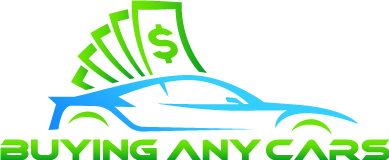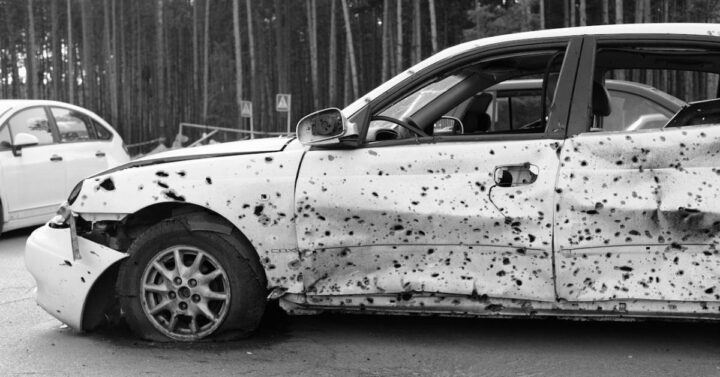What Paperwork Is Needed To Sell A Car In QLD
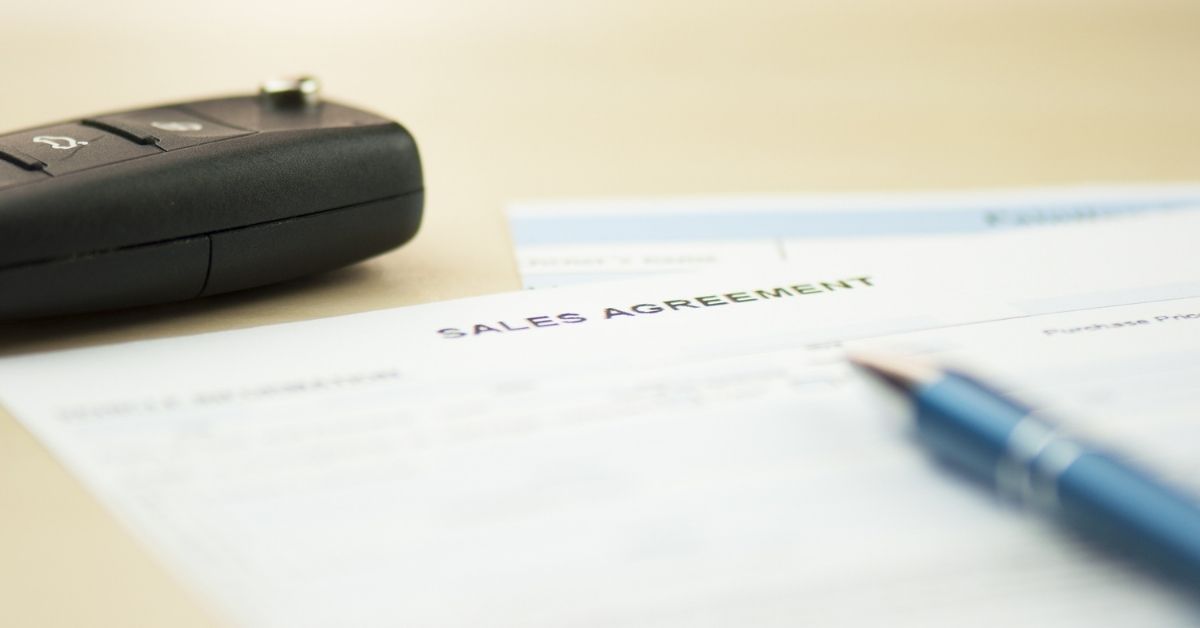
Selling a car in Queensland might sound like a simple transaction, but the paperwork side of things can quickly feel like a maze of forms and certificates.
Whether you’re upgrading to a new ride or just offloading your old wheels, knowing exactly what documents are needed can save you time, money, and a whole lot of stress.
This guide breaks it down, step by step, so you can breeze through the process without missing a beat.
Understanding the Legal Requirements in Queensland
Queensland has specific rules that govern the sale of registered and unregistered vehicles.
These aren’t just guidelines – they’re legal obligations. If you skip a step, you might face penalties, or the sale could be void.
Knowing what the law requires protects both you and the buyer.


Why Paperwork Matters When Selling a Vehicle
Paperwork is more than just admin – it’s proof. It shows that the car is legally yours to sell, confirms it’s roadworthy, and helps transfer ownership safely.
It also ensures that after the sale, you’re no longer responsible for traffic fines or insurance linked to the vehicle. In short, it keeps your name out of trouble.
Overview of the QLD Vehicle Sale Process
In Queensland, selling a car involves a few essential steps: making sure your vehicle is roadworthy, preparing the required documents, finalising the sale, and notifying the Department of Transport and Main Roads (TMR).
There’s a bit of back-and-forth between you and the buyer, especially if the vehicle is still registered. But once the forms are filled and the keys are handed over, you’re done.
Essential Documents Required to Sell a Car in QLD
Let’s take a look at the paperwork you’ll need to gather before you pop the ‘For Sale’ sign on your car. These documents aren’t optional – they’re part of the legal process.
1. Safety Certificate (Roadworthy Certificate)
This is probably the most important document. In QLD, you must provide a valid safety certificate if you’re selling a registered vehicle.
It confirms the car meets minimum safety standards. You can get one from an approved inspection station, like a licensed mechanic.
It’s valid for two months or 2,000 km – whichever comes first – for private sellers.
If the car’s unregistered, you don’t need this certificate to sell, but you do if the buyer wants to register it later.
2. Vehicle Registration Transfer Application (Form F3520)
This form is used to legally transfer the vehicle from your name to the buyer’s. Both parties must fill it out and sign it.
You can find this form on the TMR website or at your nearest transport and motoring customer service centre. It’s best to complete it together to avoid mistakes or disputes.
3. Queensland Certificate of Registration
This is a simple document that proves the vehicle is currently registered in Queensland. While not strictly required, having it on hand makes things smoother.
It also helps reassure the buyer that the vehicle is legitimate.
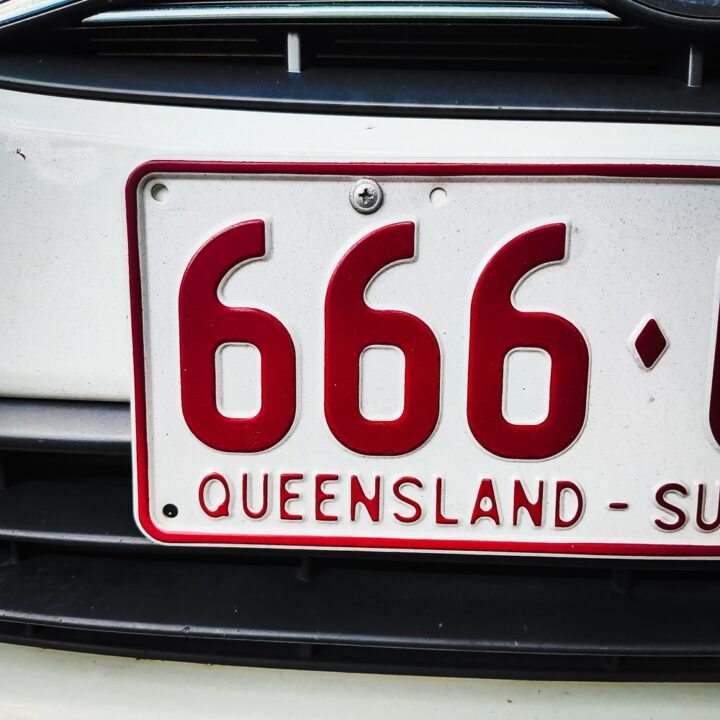

4. Gas Certificate (If Applicable)
If your car is fitted with LPG or another gas system, you’ll need a gas certificate issued by a certified installer.
This certificate must be less than three months old at the time of sale. It’s another safety check to make sure the vehicle complies with fuel standards.
5. Vehicle Identification Number (VIN) and Engine Number
These are usually found on the vehicle itself (under the bonnet or near the driver’s side dashboard) and are also listed on the registration certificate.
Make sure these numbers match across all documents. A mismatch can delay the sale or spark legal issues.
6. Personal Identification of the Seller
To complete the sale and transfer, you’ll need to show a valid photo ID. This could be your driver’s licence, passport, or another government-issued document.
The buyer will need to verify your identity to proceed with the transfer at TMR.
Special Situations and Their Paperwork Requirements
Not every car sale is straightforward. Some involve unusual circumstances that call for extra documentation. Here’s what you need to know if your sale isn’t the usual one.
Selling an Unregistered Vehicle
When selling an unregistered vehicle in Queensland, you don’t need a safety certificate. But you should still write up a sale agreement to document the transfer.
Include the names, addresses, sale price, date, and a basic vehicle description. This can help if there’s ever a dispute down the track.
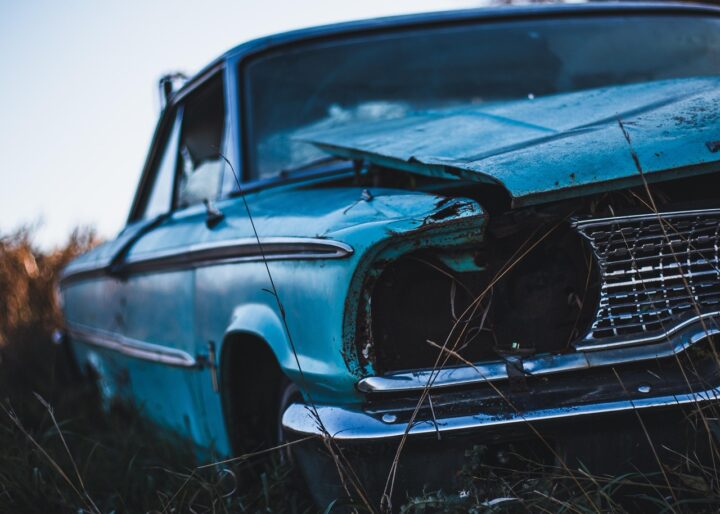

Selling a Vehicle With a Loan or Finance Owing
If the car is under finance, you must settle the debt before completing the sale, or arrange for the buyer to pay the lender directly.
The Personal Property Securities Register (PPSR) can be used to check if money is still owed. Never sell a car with finance without being transparent. It can get you into legal hot water.
Selling on Behalf of a Deceased Estate
To sell a car from a deceased estate, you’ll need proof that you’re the executor or have the authority to act.
This might include a grant of probate or letters of administration. It’s a little more involved, but completely doable with the right documents.
Selling a Car Interstate from Queensland
If your buyer lives interstate, you still need to provide a QLD safety certificate if the car is registered.
They’ll handle the registration process in their state. The key is to provide all documents up front, so they don’t hit a wall with their transport department later.
Selling a Vehicle With a Personalized Plate
You can choose to keep or sell your personalized plates with the vehicle. If you want to keep them, you’ll need to deregister them and apply standard plates before finalising the sale.
If you’re including them, just mention it in the bill of sale to avoid confusion later.
Step-By-Step Process to Sell a Car in QLD
This process isn’t just about handing over the keys. Each step protects your interests and sets up a clean handover. Follow this path and you won’t miss a beat.
Step 1: Prepare Your Vehicle
Clean it inside and out, fix minor issues, and get it looking sharp. Presentation matters. It’s also wise to gather service history and receipts to show it’s been looked after.
Step 2: Obtain a Safety Certificate
Book an inspection and prepare your certificate before listing the vehicle for sale. You’ll need to display this certificate if you advertise your car publicly—online or with a “For Sale” sign.
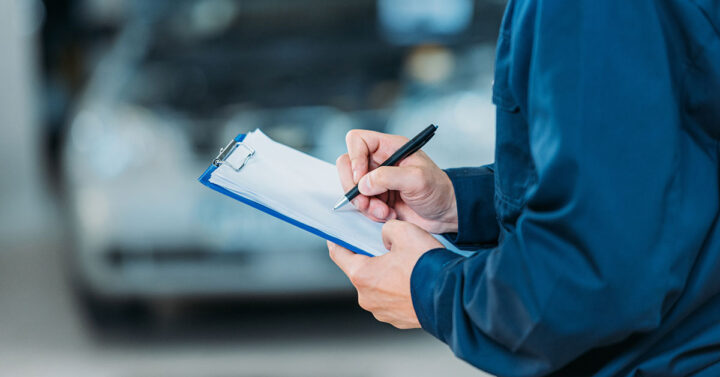

Step 3: Gather All Necessary Paperwork
That includes your safety certificate, proof of ID, registration certificate, transfer form, and gas certificate (if needed). Keeping these together avoids back-and-forth later.
Step 4: Complete and Sign the Transfer of Registration
Fill out Form F3520 with the buyer. Make sure every section is completed clearly. Errors or blank fields can cause problems when the buyer lodges it.
Step 5: Provide All Documents to the Buyer
Hand over the safety certificate, completed transfer form, and a receipt or sale agreement.
It’s also a good idea to give them a copy of your ID, especially if they’ll be registering the vehicle soon after.
Step 6: Notify Queensland Transport of the Sale
You can do this online or in person. This step officially ends your responsibility for the car. Don’t skip it – if the buyer delays transfer, you might still be liable for fines or tolls.
What the Buyer Must Do After the Sale
Once the deal is done, it’s up to the buyer to make things official on their end. Here’s what they’re responsible for.
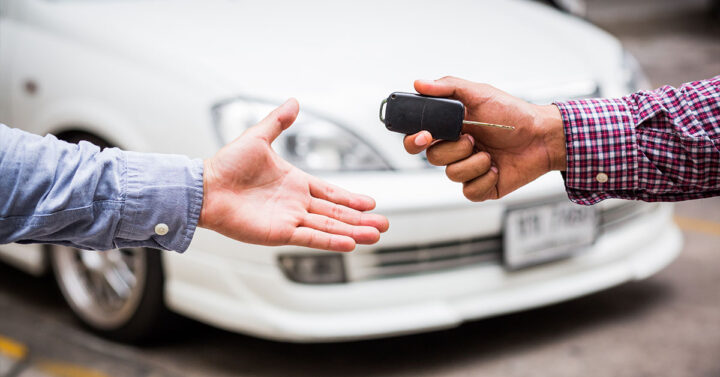

Lodging the Transfer Within 14 Days
The buyer has 14 days to lodge the transfer of registration with TMR. If they don’t, they may have to pay a late fee or face issues with vehicle registration.
Paying Stamp Duty and Transfer Fees
These are standard costs. They vary depending on the sale price and engine size. The buyer must pay these when they complete the transfer.
Getting a New Registration Certificate
Once the transfer is processed, the buyer receives a new registration certificate in their name. This confirms the ownership has officially changed hands.
Common Mistakes to Avoid When Selling a Car
These hiccups trip up a lot of sellers. Dodge them, and your sale will go much smoother.
Failing to Provide a Valid Safety Certificate
This is one of the most common slip-ups. If you’re selling a registered vehicle, the law says you need one. Don’t risk a fine or a cancelled sale.
Not Notifying the Department of Transport and Main Roads
If you skip this, you’re still legally tied to the vehicle. Any fines or tolls the buyer racks up could land in your mailbox.
Incorrect or Missing Details on the Transfer Form
Every field matters. Double-check the VIN, names, and signatures. A tiny error can stall the whole process.
Selling Without Confirming Loan Payoff
If you still owe money on the vehicle and try to sell it without settling the balance, you’re asking for trouble. Clear the debt first, or be upfront with the buyer.
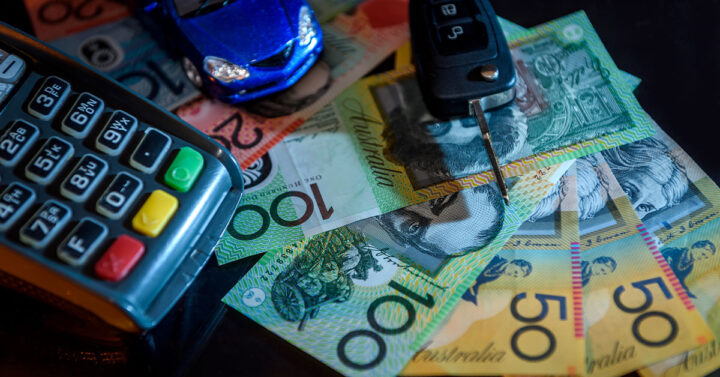

FAQs About Selling a Car in Queensland
Still got a few burning questions? Here are some quick answers.
Do I Need a Safety Certificate for an Unregistered Vehicle?
No. But the buyer will need one if they want to register it later. It’s polite to let them know that up front.
Can I Sell My Car Without Transferring Registration?
Technically, yes, but it’s not smart. The law requires that registration be transferred properly. It protects both parties from liability.
What Happens If I Don’t Notify the Sale?
Any fines, tolls, or legal issues tied to the vehicle might still be directed at you. Always notify the salesperson to cover your back.
Is a Roadworthy Certificate the Same as a Safety Certificate?
Yes. In Queensland, the two terms are used interchangeably. They serve the same purpose – confirming your car is safe for the road.
Additional Tips for a Smooth Car Sale
Sometimes it’s the small stuff that makes all the difference. These tips will keep your sale ticking along nicely.
Keeping a Copy of All Paperwork
Scan or photograph everything before handing it over. If there’s ever a dispute, you’ll have proof of what was signed and when.
Getting a Receipt or Sale Agreement
Write up a simple agreement with the sale date, price, buyer’s details, and a brief description of the vehicle. Both parties should sign it.
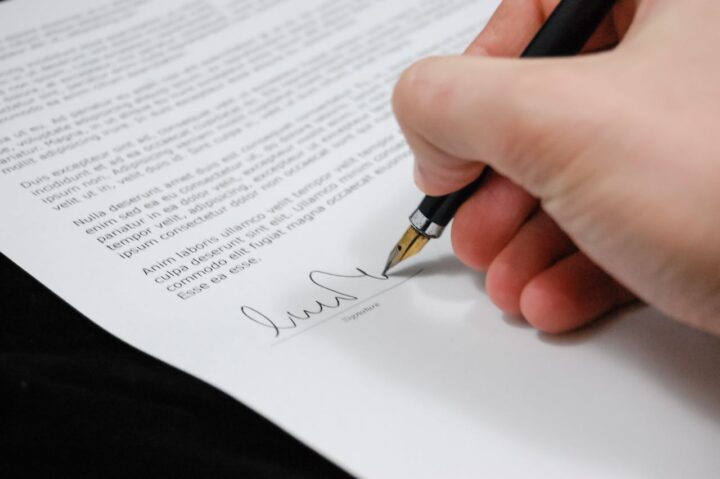

Using a Bill of Sale Template
You can find these online, and they’re worth using. A basic bill of sale clears up misunderstandings and makes everything feel official.
Removing Registration Plates (If Required)
If the car is unregistered, you may need to hand in or keep the plates. Double-check with TMR before the sale so you’re not caught out.
Final Checklist Before Handing Over the Vehicle
Here’s your last look before waving goodbye to your car. Tick these off, and you’re good to go.
Have You Completed All Required Forms?
That includes the transfer of registration, the sale agreement, and the safety certificate. No missing pieces means no headaches later.
Did You Provide All Legal Documents to the Buyer?
Make sure they’ve got everything they need to finish the process. Don’t assume they’ll know – hand it over clearly and confidently.
Have You Removed Your Personal Belongings?
Check the glove box, under the seats, boot – everywhere. You’d be surprised how many people leave behind sunnies or spare keys.
Have You Informed Queensland Transport?
Once that’s done, you’re in the clear. The car is off your hands, and officially someone else’s responsibility.
